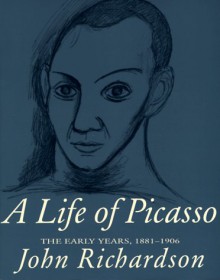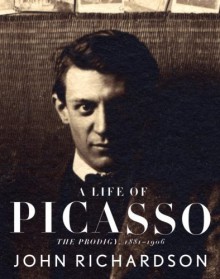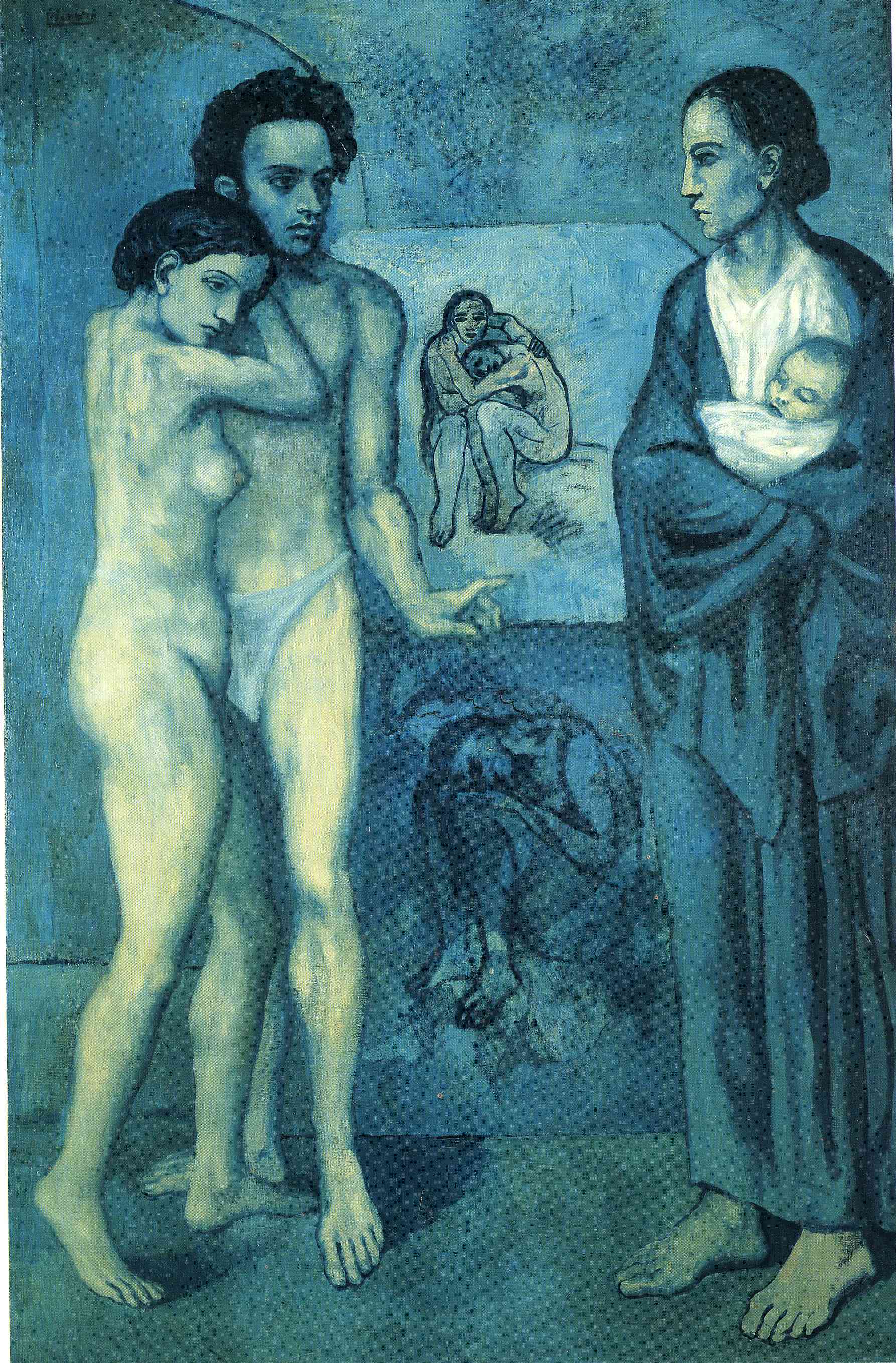
Klappentext von der Verlagsseite:
Eine geheime Botschaft, eine verbotene Liebe, eine tödliche Schuld
1948: Die angehende Journalistin Melinda kämpft im Nachkriegsberlin ums tägliche Überleben, als sie von einem anonymen Absender ein rätselhaftes Paket erhält. Die Bilder einer mystischen Moorlandschaft und eine ungewöhnliche Schachfigur führen die junge Frau nach England, zu einem geheimnisvollen alten Herrenhaus. Dort stößt Melinda auf die dramatische Liebesgeschichte zweier Schwestern im letzten Jahrhundert, die sehr viel mehr mit ihrem eigenen Leben zu tun hat, als sie zunächst ahnt …
England 1881: Nach vielen entbehrungsreichen Jahren hat es Elisabeth Sherwood zusammen mit ihrem Mann John zu Geld und einem wunderbaren Anwesen in Devon gebracht. Nun sollen ihre Töchter Cathleen und Amalia ihr die Türen zur besseren englischen Gesellschaft öffnen. Als Amalia nach einer schweren Scharlacherkrankung taub wird, richtet die Mutter all ihren Ehrgeiz auf Cathleen und arrangiert eine Heirat mit Lord Edward Hampton, Sohn einer verarmten Aristokratenfamilie. Auch Amalia kennt den jungen Lord. Sie begegnet ihm häufig im einsamen Dartmoor, wo sie ausgedehnte Spaziergänge unternimmt und stundenlang malt. Zwischen den beiden entspinnt sich eine leidenschaftliche Liebesbeziehung. Dann verschwindet Amalia plötzlich. Sie sei im Moor tödlich verunglückt, heißt es. Edward und Cathleen heiraten, doch ihre Familien sind gezeichnet von dem Unglück, das mit dem Verlust Amalias über sie hereingebrochen ist, und von der Schuld, die ein jeder von ihnen auf sich geladen hat …
Autoreninfo von der Verlagsseite:
Claire Winter studierte Literaturwissenschaften und arbeitete einige Jahre als Journalistin, bevor sie entschied, sich ganz dem Schreiben zu widmen. Sie liebt es, in fremde Welten einzutauchen und hat schon immer eine Schwäche für die mystischen Landschaften Englands und Schottlands gehabt. Die Autorin lebt heute in Berlin.
Erster Satz:
Es waren nur wenige Bilder von damals im Kopf.
Inhalt:
Melinda, eine junge Deutsche mit englischen Wurzeln, lebt im Nachkriegs-Berlin 1948. Die Stadt ist noch ausgebombt und sie lebt zur Untermiete bei einem älteren Ehepaar. Während sie versucht ihr Leben nach der Trennung von ihrem Verlobten in geordnete Bahnen zu bekommen, erhält sie ein ominöses Paket ohne Absender. Es enthält Bilder von einer unwirklichen Landschaft, Liebesbriefe eines jungen Mannes und eine rote Schachfigur. Sie wundert sich, wer ihr so ein Paket zukommen lässt und macht sich auf eine Reise in die Vergangenheit.
In Dartmoor 1881 erkrankt Amalia an Scharlach und verliert ihr Gehör. Ihre Mutter, Elizabeth Sherwood sieht durch die Taubheit ihrer Tochter, den Weg in die bessere Gesellschaft für sich und ihrer Tochter Cathleen versperrt. So ist fortan Cathleen der ganze Stolz der Familie und wird als sie alt genug ist in die Gesellschaft eingeführt. Amalia hingegen verbringt ihre Zeit nun mit Spaziergängen ins Moor und dort lernt sie einen jungen Mann kennen und lieben. Aber bei einem heftigen Unwetter kommt Amalia im Moor ums Leben.
Aufbau:
Die Hardcover-Ausgabe beginnt mit einem Prolog und 147 kurzen Kapiteln, hinzu kommt eine Danksagung und Anmerkungen der Autorin. Des weiteren findet man im Innenteil des Hardcovers eine Landkarte von Mitteleuropa in der Nachkriegszeit.
Meinung:
Die Optik des Buches zieht den Leser direkt in den Bann. Das Cover ist sehr stimmig gehalten. Das alte Herrenhaus, Efeu, einen Brief in alter Schrift und Blüten geben einen ersten Eindruck vom Inhalt des Buches. Ich konnte es daraufhin gar nicht mehr erwarten in die Geschichte einzutauchen. Ein weiteres Highlight erwartete mich dann beim Aufklappen des Buchdeckels auf der Innenseite befindet sich eine Landkarte von Mitteleuropa nach dem Ende des Zweiten Weltkrieges. Deutschland ist in die vier Besatzungsszonen eingeteilt und alle wichtigen Orte der englischen Handlung findet der Leser auf der Karte wieder.
Neben den optischen Highlights besticht es durch die Art des Erzählens. Der allwissende Erzähler erzählt in zwei verschiedenen Erzählsträngen zum einen die Geschichte von Amalia und Cathleen im Jahr 1881 und den darauf folgenden Jahren und zum anderen Melindas Suche nach dem Ursprung des Pakets und die Hintergründe dazu im Jahr 1948 und folgende. Die wechselnden Erzähl- und damit auch Zeitsprünge geben dem Leser einen guten Einblick in das Geschehen und man ist immer ein Stückchen weiter als Melinda, die vieles erst noch erfahren muss.
Gerade wie Claire Winter Amalias Situation und den Weg beschreibt den sie als taubes Mädchen bzw. als junge Frau gehen muss, hat mich sehr berührt. Die Art und Weise wie Amalia sich mit Cathleen verständigt, ist ein erster Weg zur Zeichensprache, die sie allerdings im Beisein ihrer Eltern immer wieder unterdrücken muss, da sie für diese einfach nur befremdlich wirkt und sie es für schwachsinnig halten. Ihnen wäre es lieber, wenn sie Lippenlesen lernen würde und versuchen würde zu sprechen. Aber dies ist für Amalia der Horror. In genau diesen Punkten ist mir Elizabeth Sherwood, die aus armen Verhältnissen stammt, und ihr Mann John unsympathisch. Für sie ist Amalia nur ein Makel, der sie auf dem Weg in die bessere Gesellschaft behindert. Das dies mit einiger Sicherheit damals auch der Fall gewesen sein mag, ist aber nicht der alleinige Grund dafür, dass sich der ansässige Landadel schwer mit den Sherwoods tut. Denn man merkt viel zu sehr wie sie sich anbiedern und etwas besseres sein zu wollen, dabei aber in den Augen des Landadels ihre Herkunft verbessern. Elizabeth Sherwood erkennt dies aber nicht und schmiedet weiter ihre Ränke. Auch mit John Sherwood konnte ich im Laufe der Handlung nicht viel anfangen, ein Lebemann, der durch harte Arbeit zu viel Geld gekommen ist, aber zu Hause ganz unter dem Scheffel seiner Frau steht und ihr alles überlässt. Die einzige Person neben Amalia, die ich bei den Sherwoods ins Herz geschlossen habe, ist Cathleen, die nun ihrerseits die überzogenen Ansprüche der Mutter erfüllen muss. Sie ist eine herzensguter Mensch und versucht ihrer Schwester Amalia, mit der sie ein inneres Band verbindet bei zu stehen. Dann wäre da noch ein weiterer wesentlicher Charakter aus der Vergangenheit: Lord Hampton. Ein Lebemann mit einiger Sicherheit, der aber auch sein Herz an die junge Amalia verliert und sich nur schweren Herzens den Widrigkeiten des Lebens unterwirft. Er leidet darunter und dies merkt man auch als Leser.
Claire Winter gelingt es ohne weiteres den Leser durch die gute Darstellung ihrer Protagonisten in den Bann zu ziehen, man leidet und man liebt mit den Charakteren.
Neben dem historischen Erzählstrang gibt es wie bereits erwähnt einen weiteren mit Melinda im Jahr 1948. Auch dieser ist gut durchdacht, man erfährt einiges über das Leben in Deutschland nach dem Krieg. Die Einquartierung der Ausgebombten bei fremden Menschen, die Lebensmittelknappheit, die zerstörten Straßen, die Besatzungsmächte und die Anfänge der Berlin Blockade.
Gerade diese bildhafte Beschreibung der Zeit machte es mir leicht der Handlung zu folgen, teilweise hatte ich das Gefühl durch das zerbombte Berlin zu laufen oder mich mit Melinda in der Zeitungsredaktion bzw. in der britischen Kommandantur zu befinden.
In diesen unsicheren Zeiten macht sich Melinda auf die Spur des Pakets. Sie bekommt die Möglichkeit einen Journalistenlehrgang in London zu machen und kommt so nach und nach auf die Spur des Pakets. Die Recherche und die Schwierigkeiten, die in England und im Dartmoor auftreten haben stückweit schon Krimicharakter und war sehr gut gemacht.
Beide Handlungsstränge laufen aufeinander zu und durch die ständigen Wechsel bleibt es spannend, wie oft ich bereits dachte, so muss es gewesen sein und das ist jetzt die Lösung, kann ich gar nicht mehr sagen. Immer wieder setzte Claire Winter noch eins drauf und somit blieb die Spannung bis zum Schluss erhalten.
Fazit
“Die Schwestern von Sherwood” ist ein spannender historischer Roman, der durch den bildhaften Erzählstil von Claire Winter und einen spannend konstruierten Handlung begeistert.
Buchinfo:
Claire Winter – Die Schwestern von Sherwood
Hardcover 576 Seiten
Diana-Verlag 2013
ISBN-13: 978-3-453-29140-9
Preis: 19,99 €



 Log in with Facebook
Log in with Facebook 











